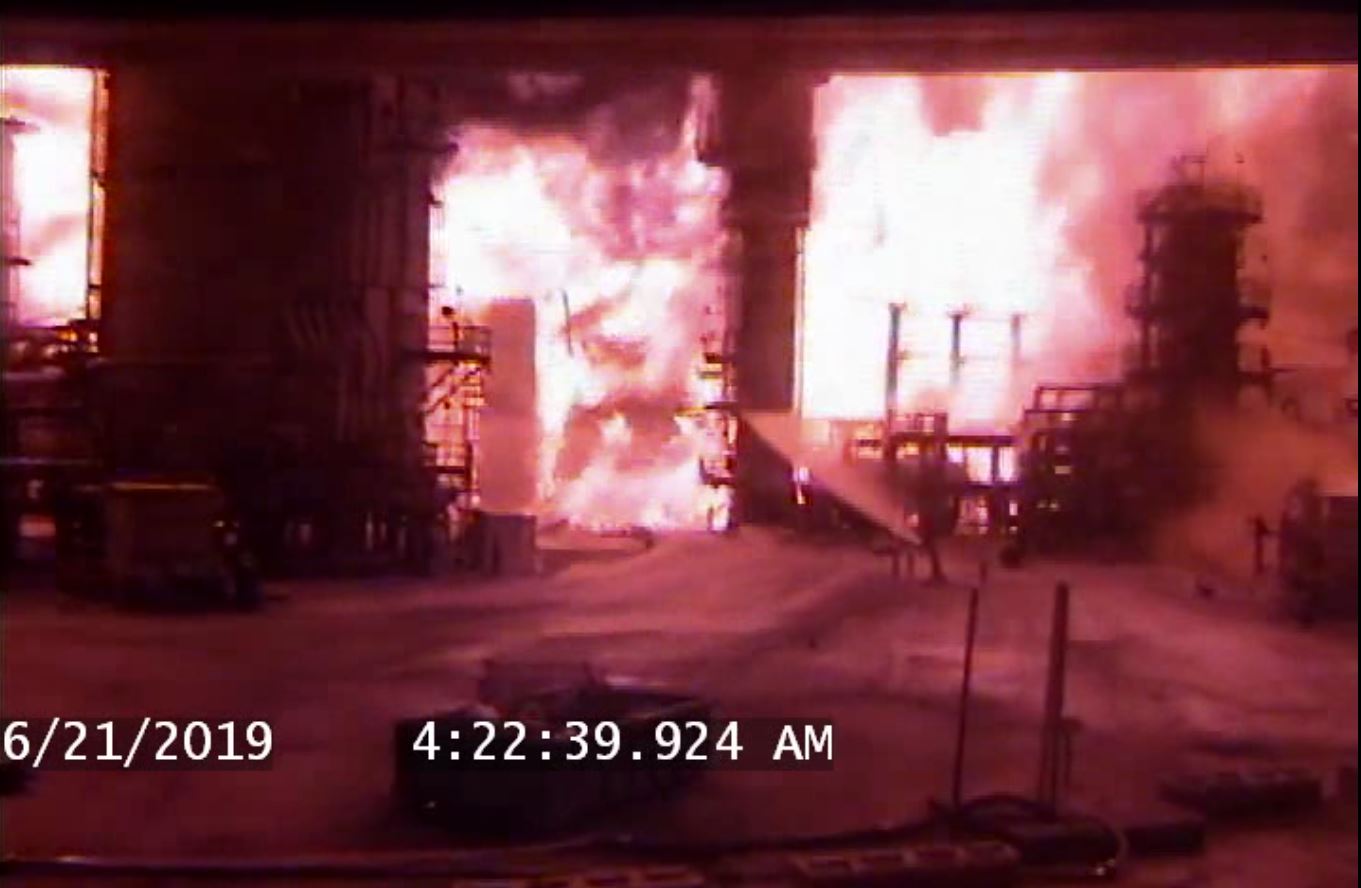What to Know
- Three blasts and a fire at the 1,300-acre refinery June 21 released hundreds of thousands of pounds of chemicals into the atmosphere.
- The refinery complex in South Philadelphia has been home to heavy industrial uses since the mid-1800s.
- The future of the site hinges largely on what happens to the owner, which is in bankruptcy. A sale of assets is scheduled for Jan. 17, 2020.
The now-bankrupt refinery in South Philadelphia has long been known as one of the city's biggest producers of pollution.
The explosion that shuttered the 1,300-acre complex in June threw the site's future into turmoil. Its history as a heavy industrial site goes back more than 150 years.
On Tuesday, the City of Philadelphia issued a 45-page report that includes recommendations for the future of the property. (The bankrupt corporate owner, Philadelphia Energy Solutions, is mostly a group of venture capital firms.) The sale of Philadelphia Energy Solutions' assets, including the property, is scheduled for Jan. 17, 2020.
The report paints a dirty picture of the facility's pollution generation prior to the explosion:
Greenhouse gases: 20% of all Philadelphia's greenhouse gases, widely known for their effects on the Earth's atmosphere and global warming, came from the refinery. (Page 17 of the report, which can be found below in its entirety)
Particle pollution: 9% of the entire city's output of what is also known as "particulate matter" came from the refinery, according to the city's Department of Public Health. "Particulate matter contains microscopic solids or liquid droplets that are so small that they can be inhaled and cause serious health problems," according to the Environmental Protection Agency. It also contributes to haze in the air. (Page 17)
Toxic emissions: More than half — 56% — of Philadelphia's air toxics came from the refinery. The site annually released 467,600 pounds of air toxics annually since 2014, which includes benzene and other carcinogens. (Page 17)
Water Pollution: More than 5,000 pounds annually is produced by the facility "and historical contamination remains in the ground throughout the site." (Page 19)
Chemical leak/explosion on June 21: This single-event catastrophe released an estimated 676,000 pounds of hydrocarbons and 5,239 pounds of highly-toxic acid known as hydrogen flouride (HF). Much of those chemicals released were combusted during the fire and explosions or contained by water, but some 68,000 pounds of the hydrocarbons and 3,271 pounds of the HF acid was released into the atmosphere. (Page 26)
The word "pollution" shows up 48 times in the report, in addition to 14 times for "pollutant."
The report, co-authored by Mayor Jim Kenney's managing director, Brian Abernathy, and city Fire Commissioner and Emergency Management director Adam Thiel, concludes (Page 39) that "regardless of what the future use or range of uses will be for the refinery site, steps should be taken to encourage the site to have a more positive impact on the environment than it has in the past."



